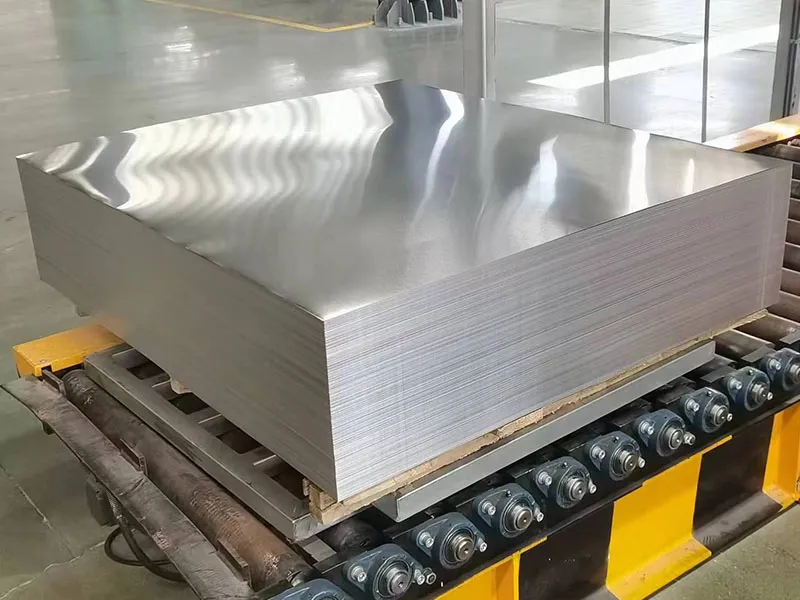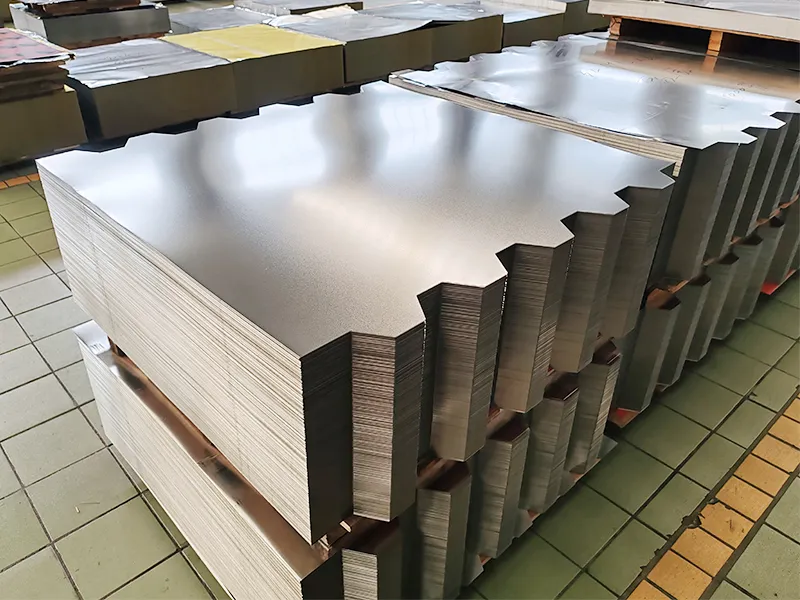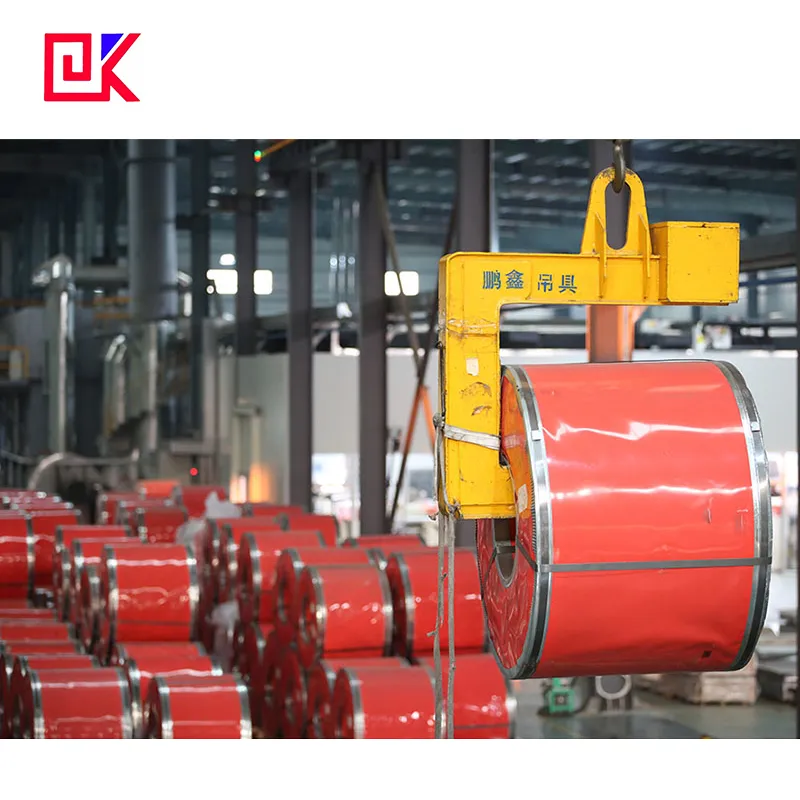In the printing process of tinplate sheet packaging, it is crucial to choose the right offset printing plate material. Tinplate sheet is widely used in packaging in the food, beverage, cosmetics and other industries due to its excellent corrosion resistance and high strength. However, how to ensure high-quality printing on the surface of tinplate sheet and ensure that the pattern is colorful, clear and durable requires a certain understanding of the selection of offset printing plates.
This article will focus on how to choose the right offset printing plate material in the tinplate printing process and answer some key questions that may be encountered in this process.

Why does tinplate sheet need to be printed?
As a packaging material, tinplate sheet usually needs to be printed with patterns to enhance the visual effect of the product, increase brand awareness and convey product information. The surface of tinplate sheet is smooth and corrosion-resistant, so it is very suitable for product packaging that is stored for a long time, especially food and beverages. In this case, choosing the right offset printing plate is very critical, which not only affects the printing effect, but also the durability and waterproof performance of the tinplate sheet pattern.
Why is the offset printing plate material so important?
In the offset printing process, the printing plate is the core tool to achieve high-quality patterns. The material of the offset printing plate determines the ink adsorption capacity, color reproduction and printing stability. If the material of the printing plate is not properly selected, it will not only cause blurred patterns and color distortion, but may also affect the efficiency of the entire production line. Therefore, choosing the right offset printing plate material is crucial to ensure the quality of tinplate sheet packaging.

What types of materials are there for tinplate printing plates?
In tinplate printing, common offset printing plate materials mainly include aluminum plates, steel plates, plastic plates and composite plates. Each material of offset printing plate has its unique characteristics and applicable scenarios. We will explore their advantages and disadvantages from the following aspects.
1. Aluminum plate: Why is aluminum offset printing plate widely used?
Aluminum offset printing plate has become one of the most common offset printing plate materials in tinplate printing due to its high durability and moderate cost. As a lightweight, corrosion-resistant metal, aluminum has strong antioxidant ability and can maintain stable performance during tinplate sheet printing, ensuring the consistency of printing quality. Aluminum plates can accurately transfer ink to the surface of tinplate sheets during offset printing, so they are very suitable for large-scale production.
Advantages of aluminum plates:
● High durability: Aluminum plates are not easy to wear and can be used continuously for a long time.
● Stable printing effect: The aluminum surface can evenly apply ink to ensure high-quality printing effects of tinplate sheets.
● High temperature resistance: Suitable for use at higher printing temperatures, which can effectively prevent the ink from drying up prematurely.
Disadvantages of aluminum plates:
● Relatively high price: Compared with offset plates made of other materials, the cost of aluminum plates is higher.
2. Steel plates: Advantages and disadvantages of steel printing plates
Steel offset plates are rarely used for tinplate sheet printing, but they still have a certain market share in some special high-precision printing needs. The surface hardness of steel plates is high and can withstand greater pressure, which makes it perform well in some difficult tinplate sheet printing operations. Steel plates are usually used for printing that requires strong pattern clarity and detail requirements.
Advantages of steel plates:
● High precision: Steel plates can engrave extremely fine patterns, which are suitable for high-precision tinplate sheet printing.
● Strong wear resistance: The steel surface is harder and can withstand longer use without easy wear.
Disadvantages of steel plates:
● Heavy weight: Steel printing plates are heavier than aluminum plates, which may affect the speed of the tinplate sheet production line.
● High production cost: The production cost of steel plates is high, especially when used for special fine printing.
3. Plastic plates: cost-effective choice
Plastic plates are usually used in small batch production or low-cost tinplate sheet printing scenarios. Plastic plates are widely used in tinplate sheet packaging in some low-end or mid-end markets because of their light weight and simple production process. Its printing effect is relatively simple and suitable for occasions with low requirements for patterns. Plastic plates are usually cheaper and lighter, making them easier to transport.
Advantages of plastic plates:
● Low production cost: The manufacturing cost of plastic plates is much lower than that of aluminum and steel plates.
● Light weight and easy to operate: Suitable for small batch, low-cost tinplate sheet production tasks.
Disadvantages of plastic plates:
● Poor durability: Plastic plates have poor durability and are easy to wear, so they are suitable for small-scale production of tinplate sheets.
● Low precision: The printing precision of plastic plates is low, and they are not suitable for printing that requires high precision and high detail.
4. Composite plates: Comprehensive advantages of multiple materials
The composite plate is an offset plate formed by combining different materials, usually made of a composite material of plastic, steel or aluminum. The composite plate not only improves the printing quality, but also balances cost and durability. Composite plates are usually used in some scenarios that require both high quality and high production efficiency.
Advantages of composite plates:
● Strong comprehensive performance: It can take into account durability and printing quality.
● Wide range of applications: It is suitable for both high-precision printing and large-scale tinplate sheet production.
Disadvantages of composite plates:
● Complex production process: The manufacturing process of the composite plate is relatively complex, and the production cycle is long.
● High price: Due to the particularity of its material and process, the cost of the composite plate is high.

Which material is most suitable for tinplate printing?
When choosing a tinplate printing offset plate, the most suitable material should be comprehensively evaluated based on product requirements, production batches, precision requirements, and budget. Below, we will summarize which specific production scenarios are suitable for offset plates of different materials.
1. Mass production: Aluminum is the first choice
For mass production that requires efficient and high-quality printing, aluminum offset plates are undoubtedly the best choice. Aluminum offset plates not only guarantee a long service life, but also have low production energy consumption and high stability, making them suitable for large-scale production. The durability and stability of aluminum plates enable them to cope with fast and high-frequency printing needs.
2. Precision printing needs: Steel plates are a better choice
For high-end products that require extremely high printing accuracy and detail performance, steel offset plates may be a better choice. Especially in some high-end brand tinplate sheet packaging, fine patterns and high-quality printing requirements require the use of high-precision steel plates to complete.
3. Low-cost printing: Plastic plates can meet the needs
For low-cost tinplate sheet production tasks, plastic plates have become a good choice because of their low price and light weight. Although its printing effect is not as fine as that of aluminum and steel plates, the plastic plate can meet the basic needs of some daily packaging or low-end products with low requirements.
4. Comprehensive performance requirements: composite plate is a compromise solution
If there are high requirements for printing effect, cost and production efficiency in tinplate sheet production, composite plate is a more ideal compromise. Composite plate can take into account the advantages of different materials and meet various requirements in the production process.

